Implementing Warehouse Software: A Step-by-Step Guide
- Jessica R.
- August 1, 2024
- Edited August 1, 2024
Table of Contents
When it comes to optimizing operations in a warehouse, having the right tools at your disposal can make a significant difference. Among the most crucial tools for managing a warehouse efficiently is warehouse management software (WMS). This software not only streamlines processes but also ensures accuracy and boosts productivity.
But with many options available, how do you choose the right one for your business? In this blog post, we’ll explore everything you need to know before signing up for warehouse management software, ensuring you make an informed decision that will benefit your operations for years to come.
What is Warehouse Management Software?
Warehouse management software is a specialized tool designed to help you manage day-to-day operations in a warehouse. It assists in controlling and managing the movement and storage of materials within a warehouse. Furthermore, it supports staff in the performance of their tasks, including inventory management, picking processes, and auditing. Using this type of software leads to more accurate inventory control, improved labor management, and better overall customer service.
Evaluating Your Needs Before Choosing a Warehouse Management Software
Before diving into the warehouse management software world, it’s essential to assess your specific needs. Think about the size of your warehouse, the complexity of your operations, and what particular problems you are aiming to solve. Do you need something that integrates seamlessly with other systems, such as ERP or transportation management? Are you looking for features like real-time data analysis, cloud-based technology, or scalability? Understanding your requirements will guide you in selecting software that fits perfectly with your operational needs.
Key Features to Look for in Warehouse Management Software
Once you know what you need, you can start looking at each warehouse management software’s features. Some key features to consider include inventory tracking, quality management, labor management, and reporting capabilities. Inventory tracking will help you keep tabs on every item in your warehouse in real time, reducing errors and enhancing efficiency. Quality management ensures that your products meet certain standards before they are shipped to customers. Efficient labor management tools help allocate resources effectively, potentially lowering operational costs.
The Benefits of Integrating Warehouse Management Software
Integrating warehouse management software into your operations can bring multiple benefits. Firstly, it can significantly reduce manual errors, which are common in inventory counts and order processing. This means higher accuracy and fewer returns or complaints from customers. It also enhances productivity by optimizing everyday tasks like picking, packing, and shipping, which saves time and reduces labor costs. Moreover, many warehouse management systems come with analytical tools that help predict future trends and make informed decisions, enhancing overall business strategy.
Implementation: Steps to Successfully Deploy Warehouse Management Software
Deploying warehouse management software can seem daunting, but it can be smoothly integrated into your operations with the right approach. Start by ensuring that your IT infrastructure can support the new system. Train your team thoroughly so they are comfortable using the latest tools. It might also be beneficial to start a pilot program to iron out any issues before going live. Lastly, regular updates and maintenance will be crucial to keep the software running efficiently and securely.
Choosing the Right Vendor for Warehouse Management Software
Selecting the right vendor is as important as selecting the software itself. Look for vendors who offer robust support and training options. They should have a proven track record of successful implementations and positive customer feedback. Consider their expertise in your specific industry and their ability to provide a scalable solution that grows with your business. Establishing a good relationship with your vendor can lead to better support and a more customized product.
Long-term Considerations for Warehouse Management Software
Think long-term when you choose your warehouse management software. Consider how easy it is to update the software and whether it can adapt to future technological advances. Also, think about scalability — will this software be able to handle your growing business needs? Evaluate the cost implications of upgrades and support, as well as the potential ROI from increased efficiency and reduced errors.
Conclusion
Choosing the right warehouse management software is crucial for optimizing your warehouse operations. It’s about finding a tool that not only fits your current needs but also supports your business as it evolves. You can ensure a successful implementation by carefully assessing your needs, considering essential features, and selecting a reliable vendor.
Remember, warehouse management software aims to make your operations more efficient, accurate, and cost-effective, providing a solid foundation for business growth and customer satisfaction. As you embark on this decision-making process, keep in mind that the right software will turn your warehouse into a cornerstone of success for your business.
Read More:

Jessica R.
Jessica is a seasoned GMP compliance consultant and technical writer specializing in pharmaceutical manufacturing, data integrity, and quality assurance. With over 12 years of experience working with global pharmaceutical firms, Jessica brings deep industry insights into FDA, EMA, and MHRA regulations.


